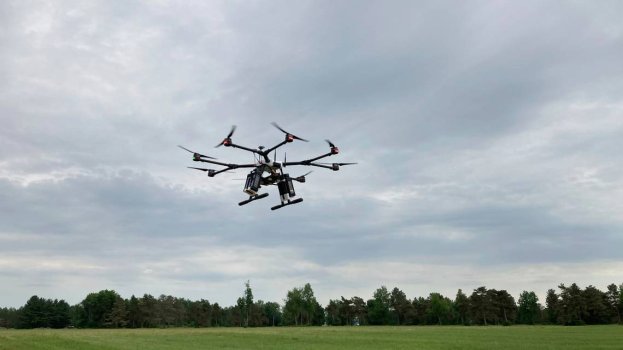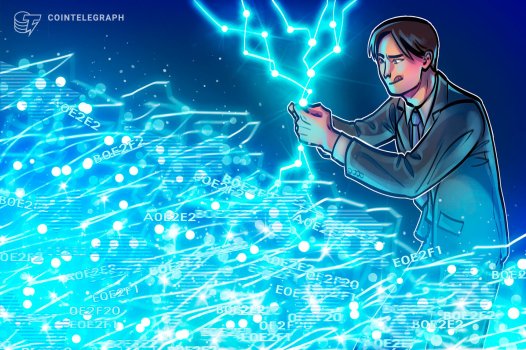Woman Up: As a minority woman in tech championing equality, this is what I want the future of work to look like
- Technology Workforce
- 0 Replies
In the past two years, aside from having lived through a global pandemic, I became a mother while running my non-profit organization The Codette Project and holding down a full-time job.
While it has been challenging, it has also become very clear to me that there are far more women juggling even more difficult situations at home and work, and that it is past time for us to imagine better and more equitable workplaces for all.
If the pandemic has taught us anything, it is that there are large disparities within and between societies, and we need to do something to prevent these gaps from widening.
It is worth pointing out that a fair workplace for all is not a zero-sum game.
If we can improve paternity provisions, for example, men would be able to take advantage of flexible working arrangements and they would be able to spend more time at home with the kids, as I am sure many fathers would love to do.
So here is my personal wishlist of what I hope companies will do to start creating more equitable workplaces for everyone:
RETHINK HUMAN RESOURCE PRACTICES
First, we should do away with the culture of confidentiality surrounding compensation packages.
This is a practice that benefits only companies, while disempowering employees from finding out whether they are getting fairly paid according to their skills and experience.
Having a more transparent culture around salaries will help women to find out if they are getting equal pay for equal work.
Second, companies that want to retain their staff for the long term should really be more generous with child, parental and family care leave.
Consider offering unlimited childcare leave or unpaid leave to parents for the first 12 to 18 months of their child’s life. Offer this to parents of adopted and foster kids too.
I believe that this will reduce staff turnover, especially for new parents and those wishing to become parents.
Continue reading: https://www.todayonline.com/commentary/minority-woman-tech-equality-workplace-1938166
While it has been challenging, it has also become very clear to me that there are far more women juggling even more difficult situations at home and work, and that it is past time for us to imagine better and more equitable workplaces for all.
If the pandemic has taught us anything, it is that there are large disparities within and between societies, and we need to do something to prevent these gaps from widening.
It is worth pointing out that a fair workplace for all is not a zero-sum game.
If we can improve paternity provisions, for example, men would be able to take advantage of flexible working arrangements and they would be able to spend more time at home with the kids, as I am sure many fathers would love to do.
So here is my personal wishlist of what I hope companies will do to start creating more equitable workplaces for everyone:
RETHINK HUMAN RESOURCE PRACTICES
First, we should do away with the culture of confidentiality surrounding compensation packages.
This is a practice that benefits only companies, while disempowering employees from finding out whether they are getting fairly paid according to their skills and experience.
Having a more transparent culture around salaries will help women to find out if they are getting equal pay for equal work.
Second, companies that want to retain their staff for the long term should really be more generous with child, parental and family care leave.
Consider offering unlimited childcare leave or unpaid leave to parents for the first 12 to 18 months of their child’s life. Offer this to parents of adopted and foster kids too.
I believe that this will reduce staff turnover, especially for new parents and those wishing to become parents.
Continue reading: https://www.todayonline.com/commentary/minority-woman-tech-equality-workplace-1938166
























